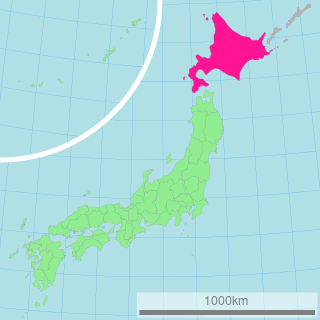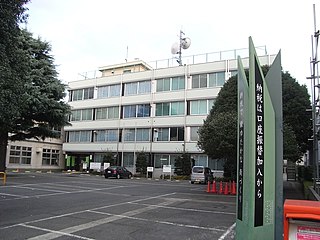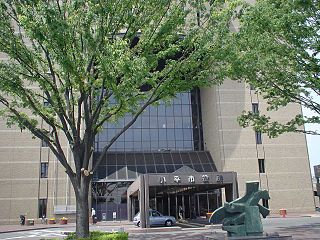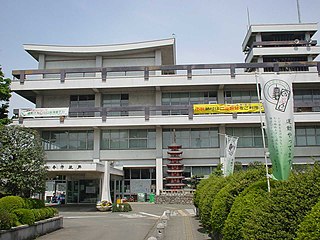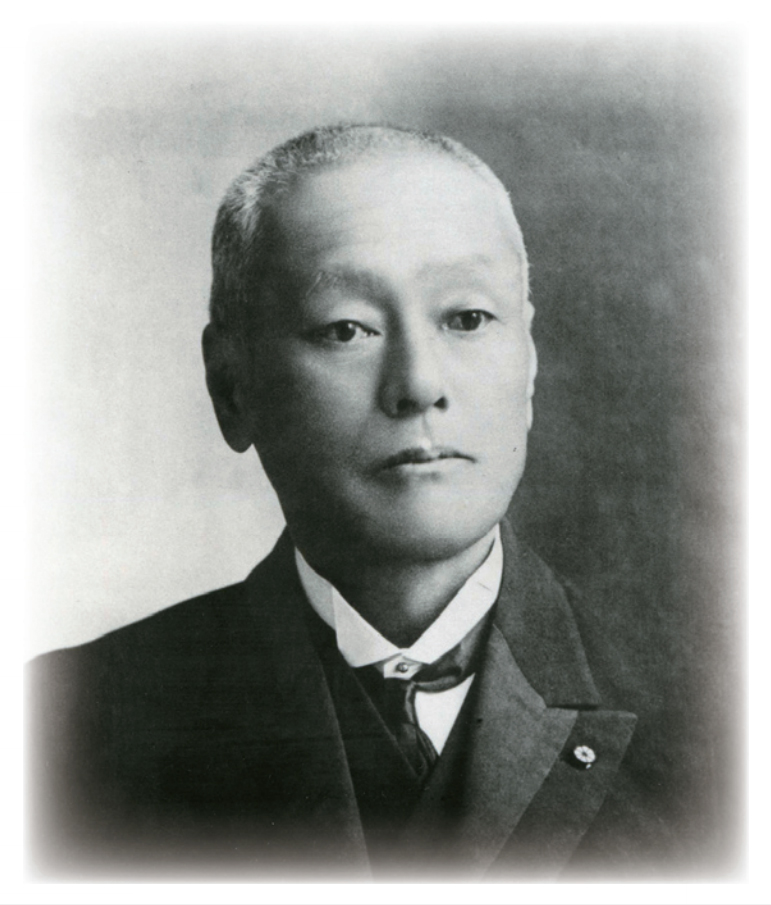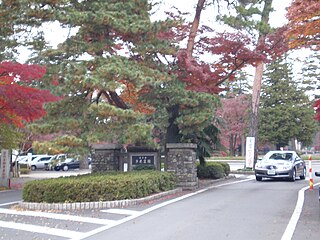This article needs additional citations for verification .(January 2009) (Learn how and when to remove this template message) |

Koganei Yoshikiyo(小金井 良精, January 17, 1859 – October 16, 1944) was a Japanese anatomist and anthropologist of the Meiji period.

The Meiji period, or Meiji era, is an era of Japanese history which extended from October 23, 1868 to July 30, 1912. This era represents the first half of the Empire of Japan, during which period the Japanese people moved from being an isolated feudal society at risk of colonisation by European powers to the new paradigm of a modern, industrialised nationstate and emergent great power, influenced by Western scientific, technological, philosophical, political, legal, and aesthetic ideas. As a result of such wholesale adoption of radically-different ideas, the changes to Japan were profound, and affected its social structure, internal politics, economy, military, and foreign relations. The period corresponded to the reign of Emperor Meiji and was succeeded upon the accession of Emperor Taishō by the Taishō period.
A child of an Echigo Nagaoka clansman, he graduated from East School, [1] the precursor of the Tokyo Imperial University medical school, in 1880. He then went to Germany where he learned anatomy and histology. He returned to Japan in 1885, and in the following year he was appointed a professor at Tokyo Imperial University Medical School, becoming the first Japanese lecturer on anatomy in the school.

The University of Tokyo, abbreviated as Todai or UTokyo, is a public research university located in Bunkyo, Tokyo, Japan. Established in 1877 as the first imperial university, it is one of Japan's most prestigious universities.

Germany, officially the Federal Republic of Germany, is a country in Central and Western Europe, lying between the Baltic and North Seas to the north, and the Alps to the south. It borders Denmark to the north, Poland and the Czech Republic to the east, Austria and Switzerland to the south, France to the southwest, and Luxembourg, Belgium and the Netherlands to the west.

Anatomy is the branch of biology concerned with the study of the structure of organisms and their parts. Anatomy is a branch of natural science which deals with the structural organization of living things. It is an old science, having its beginnings in prehistoric times. Anatomy is inherently tied to developmental biology, embryology, comparative anatomy, evolutionary biology, and phylogeny, as these are the processes by which anatomy is generated over immediate (embryology) and long (evolution) timescales. Anatomy and physiology, which study (respectively) the structure and function of organisms and their parts, make a natural pair of related disciplines, and they are often studied together. Human anatomy is one of the essential basic sciences that are applied in medicine.
After studying Ainu skeletons in 1888, he began working in anthropology. Citing the results of his Ainu research, he argued that prehistoric man was included among Ainu.
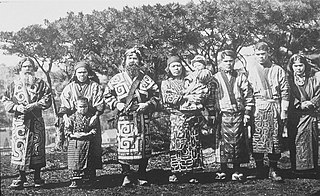
The Ainu or the Aynu, in the historical Japanese texts the Ezo (蝦夷), are an indigenous people of Japan and Russia.
Anthropology is the scientific study of humans and human behavior and societies in the past and present. Social anthropology and cultural anthropology study the norms and values of societies. Linguistic anthropology studies how language affects social life. Biological or physical anthropology studies the biological development of humans.
From 1893 to 1896, he served as the Imperial University medical college president, and in 1893 he established Japanese Association of Anatomists. In 1921, he retired from academia but continued his research.
His wife was Koganei Kimiko, an essayist, poet and younger sister of writer Mori Ōgai. A statue of Koganei Yoshikiyo is owned by the University of Tokyo. Hoshi Hajime, the founder of pharmaceutical company Hoshi Seiyaku, was his son-in-law, and Hoshi Shin'ichi, the science fiction novelist, was his grandchild.

Lieutenant-General Mori Rintarō, known by his pen name Mori Ōgai (森鴎外), was a Japanese Army Surgeon general officer, translator, novelist, poet and father of famed author Mari Mori. He obtained his medical license at a very young age and introduced translated German literary works to the Japanese public. Mori Ōgai also was considered the first to successfully express the art of western poetry into Japanese. He wrote many works and created many writing styles. The Wild Geese (1911–13) is considered his major work. After his death, he was considered one of the leading writers who modernized Japanese literature.
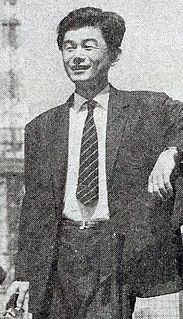
Shinichi Hoshi was a Japanese novelist and science fiction writer best known for his "short-short" science fiction stories, often no more than three or four pages in length, of which he wrote over 1000. He also wrote mysteries and won the Mystery Writers of Japan Award for Mōsō Ginkō in 1968.
